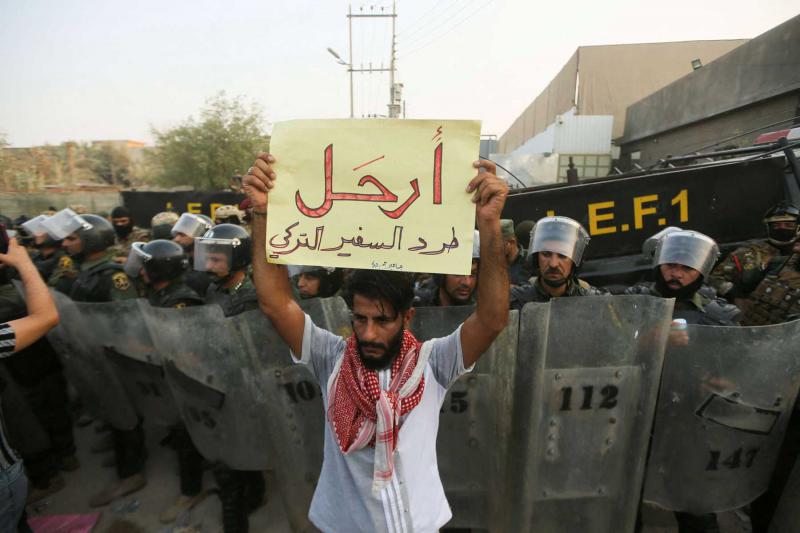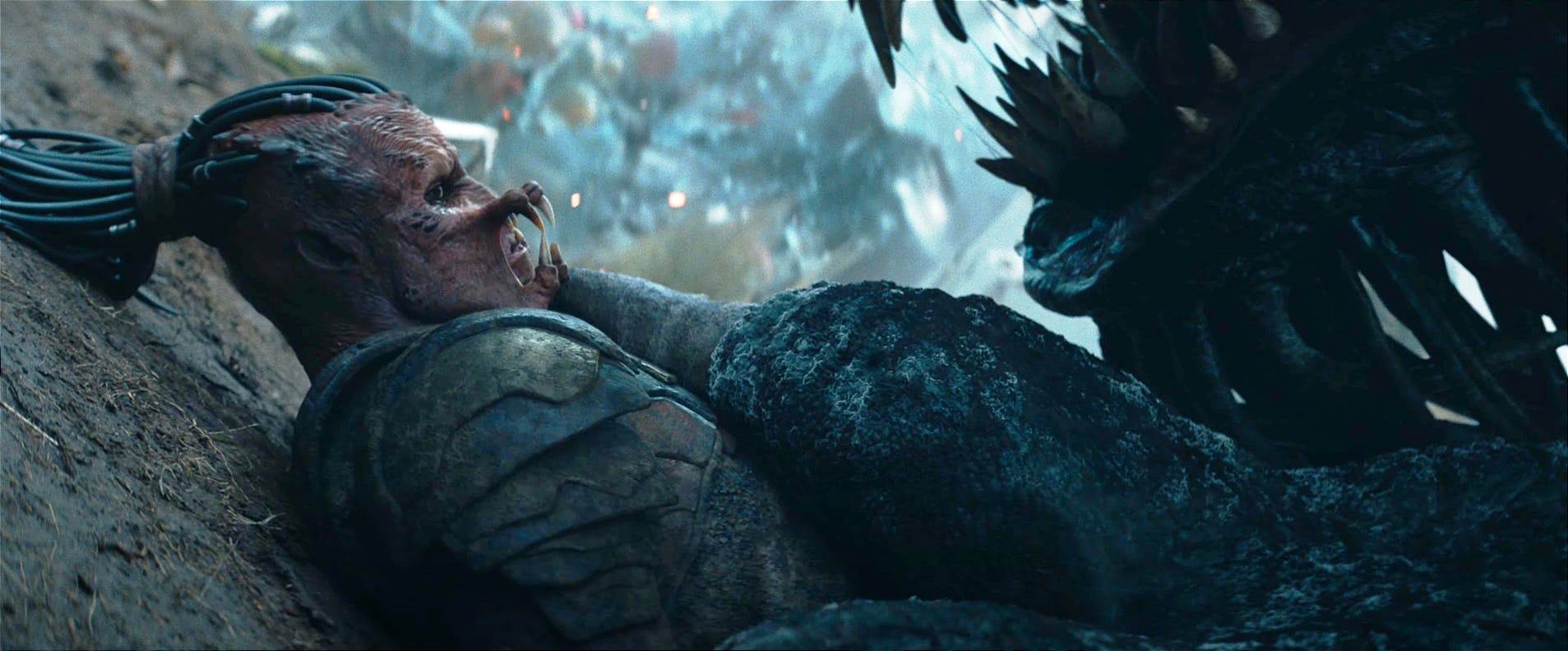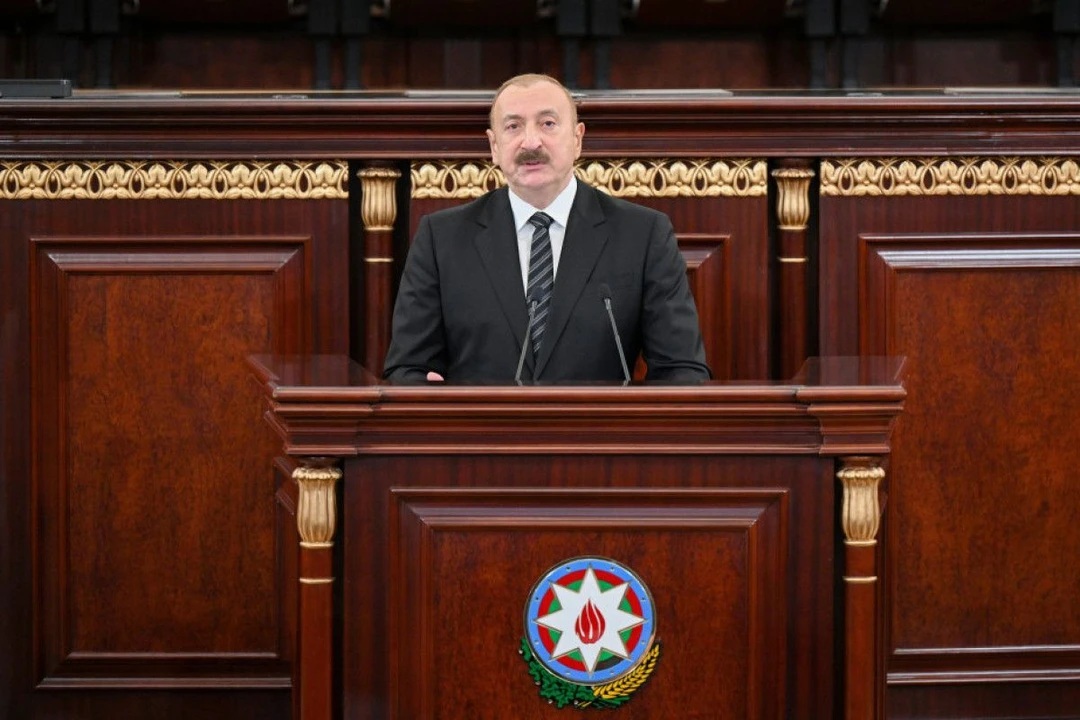
While facing tight economic sanctions and unresolved tensions with the international community over its nuclear program, Iran applied last month to join BRICS. A group of five emerging market economies, BRICS comprises Brazil, Russia, India, China and South Africa. Iran’s inclusion in BRICS is touted by Tehran as a move which will bring added value to the Iranian economy and propel the BRICS economies to reach higher levels.
Iran hopes to weaken the sanctions regime against it by joining BRICS. The country officially submitted its intent to join BRICS in late June 2022, after China’s President Xi Jinping invited Iranian President Ebrahim Raisi to deliver a speech via video conference to the XIV BRICS Summit held in Beijing. Addressing the group, Raisi outlined his vision for BRICS and its potential to usher in new international trends through the complementary economies and the diversity of countries and cultures that it represents, while working with the United Nations to address the challenge of unilateralism on the world stage, in reference to US unilateralism.
More importantly, Iran hopes by joining BRICS that this will be an important step in giving life to its ailing economy. To this end, Raisi emphasized that Iran could place itself at the crossroads of trade for BRICS, and share capacities in transit, energy reserves and scientific achievements with other countries in the group. Iran is working with at least two BRICS member countries (Russia and India) to develop the North-South Corridor linking the Indian Ocean via the Sea of Oman and the Gulf waterway to the Caspian Sea, and from there to Europe and back to the Indian Ocean via the Mediterranean Sea and the Red Sea.
Furthermore, Iran seeks via BRICS to reach wider markets in Asia and in the Global South. An Iranian foreign ministry official, Abdollah Sohrabi, said that the country seeks to use its position in West Asia to tap into wider regional markets. In this regard, Iran aims to help revive the ancient Silk Road, a trade route it was historically a part of, now operating as part of the Chinese One Belt One Road Initiative. This will help Iran to increase the number of trade routes to and through Central Asia, where the country has signed numerous agreements in recent months to expand ties with Tajikistan, Turkmenistan and Kazakhstan.
Russia and China have voiced support for Iran’s membership of BRICS to support Tehran’s pivot to the East. Iran has concluded with China a 25-year strategic cooperation agreement and with Russia a similar 20-year agreement. Iran and Russia recently concluded a new oil and gas project deal between Gazprom and the National Iranian Oil Company worth $40 billion. It is possible that Iran might eye the New Development Bank in particular, a multilateral bank set up by BRICS to finance development projects.
many Iranian experts warn that without reaching a nuclear deal with the West, sanctions will bar the country from reaping the economic benefits of joining BRICS. However, Tehran insists that it will take advantage of the existing mechanisms for cooperation that BRICS offers between member countries and other countries. After all, the group represents a vast market inclusive of nearly 40 percent of the world population and some 30 percent of the world’s gross domestic product.
Iran aims to specifically expand cooperation with China, especially given the fact that Beijing has held over 70 BRICS meetings and events to address various aspects of development. Additionally, Iran is attracted to China’s idea of BRICS+ which aims to add more countries to the group in order to build a strong transcontinental multilateral alliance. BRICS+ will complement other similar initiatives which Iran participates in as a member, including the Shanghai Cooperation Organization which it joined as a member in 2021.
Iran already enjoys good ties with the other three BRICS member countries. Iran’s non-oil exports to South Africa grew 500 percent between March 2021 and March 2022, according to Fars News Agency. Brazil is one of Iran’s main trade partners in Latin America. India hopes to reset its ties with Iran to build Chabahar Port which links the subcontinent to Central Asia via Iran, and the two countries could also use local currencies such as the rupee to support trade if Iran remains a sanctioned country.
But Iran’s economy is far smaller than the economies of the BRICS member countries, especially if sanctions bar the export of its oil and gas, even despite the latest agreements with China and Russia to develop its energy sector. Iran also faces challenges if rival countries join BRICS. Saudi Arabia has already made major advances in the energy sector across Asia and in India. There is talk that Egypt and Turkey, along with Saudi Arabia, could all gain BRICS membership.
While this expansion promises to increase the importance of BRICS, it might not help Iran as much if it remains isolated by sanctions. Despite this obvious impediment, Iran is focusing on joining BRICS mainly to overcome its banking hurdles in the short term. BRICS could use local currencies, rather than the US dollar, to facilitate trade and investment as the United States threatens to impose tighter sanctions on countries including not just Iran, but also Russia over the conflict in Ukraine, and against China if it supports Russia in its invasion of Ukraine.
More importantly, joining BRICS under sanctions may not even lead to significant economic benefits for Iran in the short term. Finally, there is no guarantee that BRICS or BRICS+ will lead to cohesive policies or consensual approaches in the future as the group’s member countries differ and diverge on a number of issues, thus potentially rendering the group ineffective and keeping Iran on the margins of global developments.
Rasanah, the International Institute for Iranian Studies, is a non-profit think-tank located in the capital of Saudi Arabia, Riyadh. It offers timely and in-depth analyses of the Iranian oil sector and security policies in the region and its network of international alliances, as well as exploring internal politics and the interface of religion and politics. The institute also teaches Farsi in an effort to usher in a new era of Iran experts and employs Iranians as well as Arabs.
Source: Rasanah





